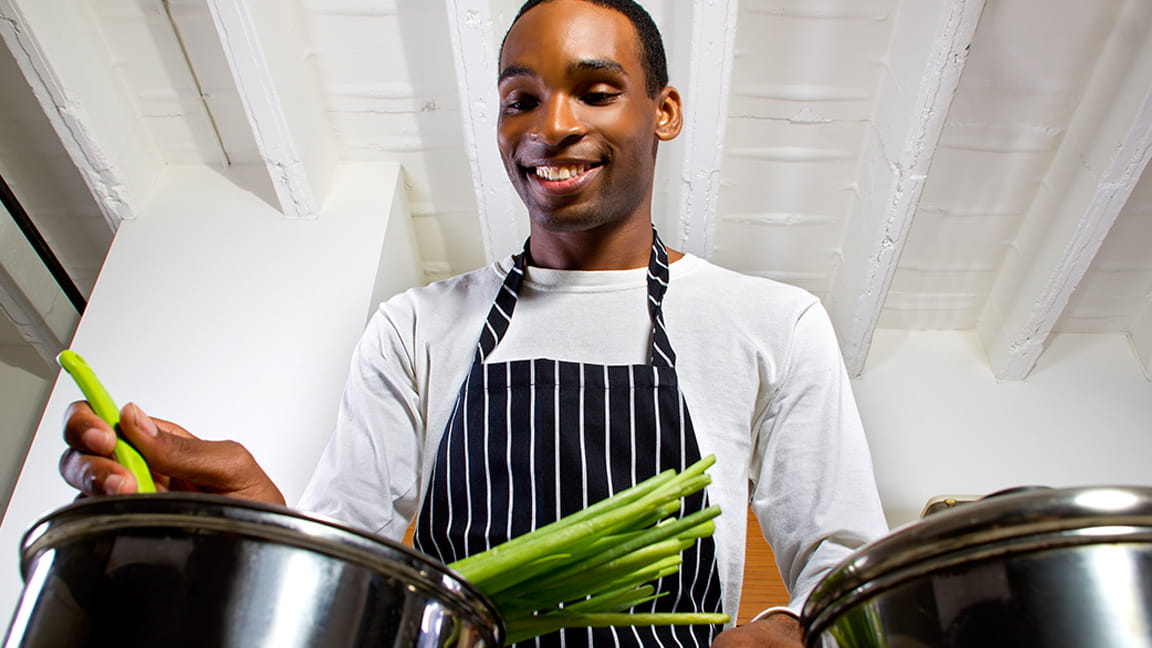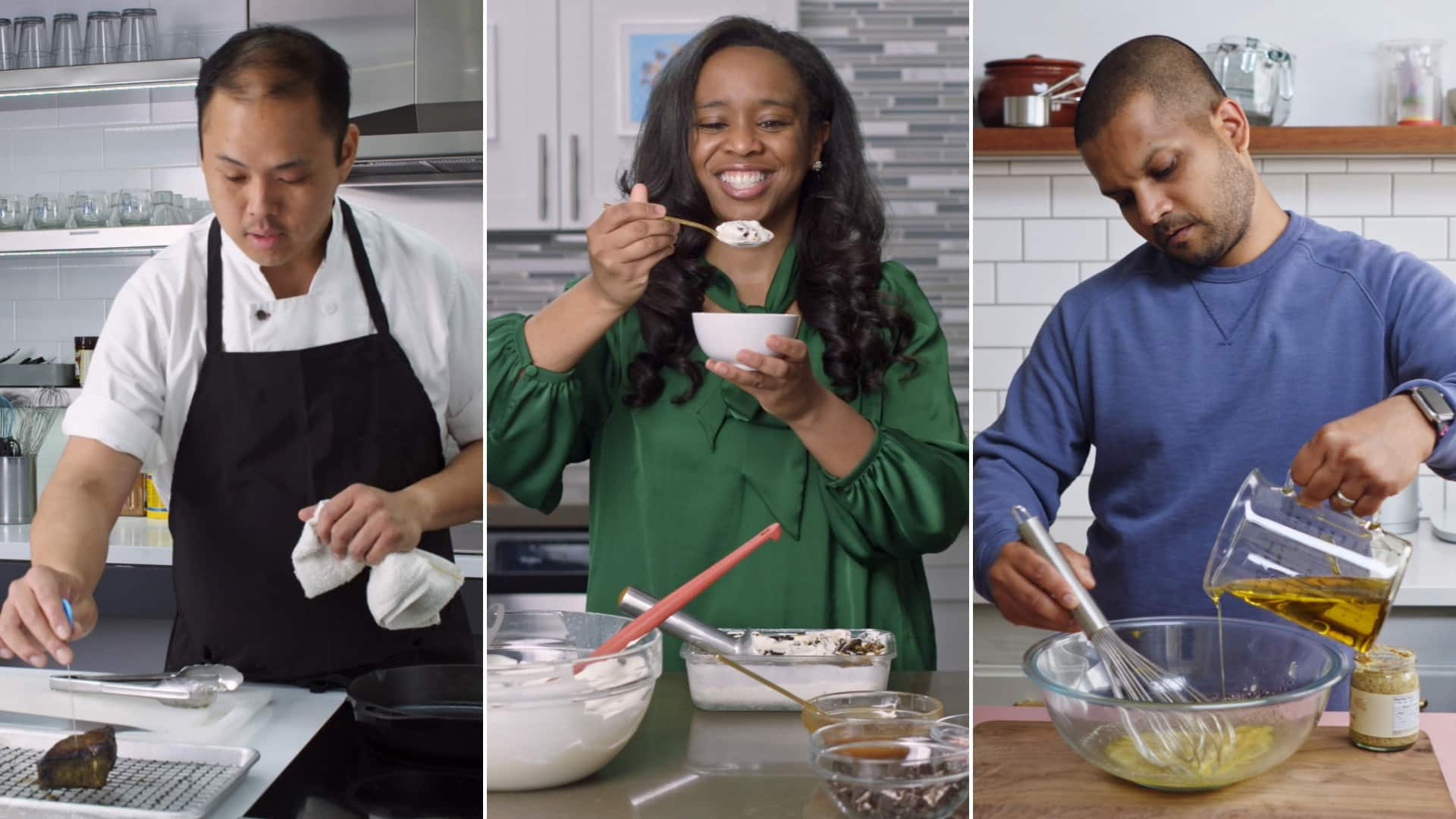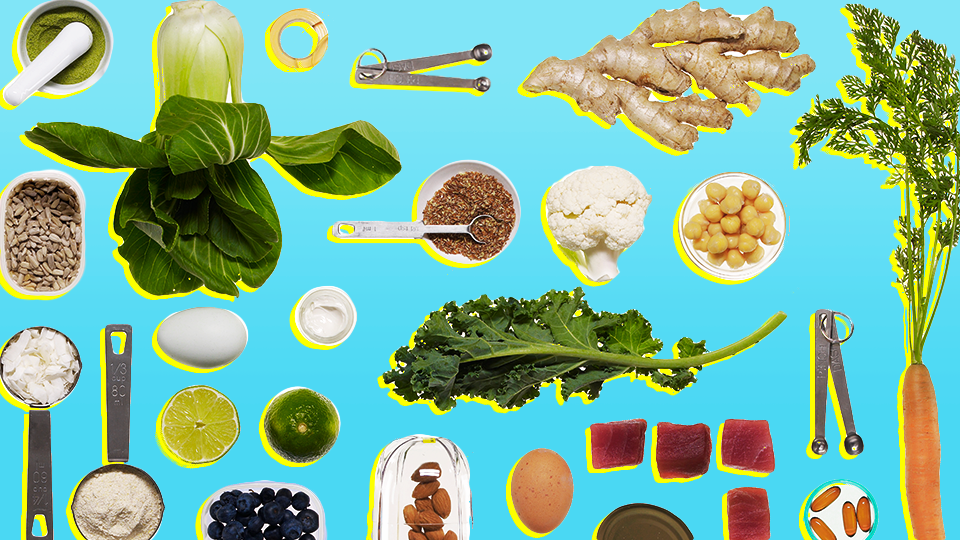
Even if you don't have a favorite recipe, you can still make delicious meals. Here are some tips to help you find your way without one. Experiment, add your own touches, and find an anchor. These are some of the best ways to get started if you don't know where to begin. You will be amazed at how amazing the results are! Also, keep in mind that cooking without a recipe requires more creativity than you might expect! Don't be afraid to try a new recipe.
Condiments
You can personalize your cooking by using homemade condiments. Some examples of homemade condiments are homemade jam, relish, or sauces. Make your own mayonnaise, even better! Making your own condiments is a great way to add extra flavor to your meals and require little preparation. Continue reading to find out how to make these simple condiments. Once you've mastered the basics, it's time to experiment with your favourites.
Many store-bought condiments contain a lot of salt. While there are many low salt varieties, most condiments contain high levels. Make your condiments at home is a great way to save money and make it more delicious. Additionally, most store-bought sauces are high in sugar and fructose. Instead, make your own salsa. This is full of tomato flavor.

Experimentation
Cooking without a book can be fun. You can learn what you should cook and how much. It helps you to experiment with different ingredients and determine what combination works best. Secondly, you don't know what you'll end up with when you're done. Start with the easiest ingredients first and move on to the more complex ones later. Experimenting can also help you to learn about other cooking methods.
You can also use your senses to measure the flavour. If you aren't sure how to combine the ingredients or proportions, you might be able to create something entirely different. Proper experimentation can make cooking fun. When cooking for others, you can experiment with different combinations to see which combination works best.
Creativity in the Kitchen
You can use an online recipe to help you decide what you should make for dinner. You can learn a lot from experimenting in the kitchen. Here are some examples of recipes that you can find online that aren't recipes. Here are some ideas that I love:

FAQ
What is the best way to store leftovers?
Leftovers are usually stored in Tupperware containers. These containers preserve food freshness and stop odors from developing. They keep foods warmer for longer. You can freeze leftover food in freezer bags. For food that you are freezing, make sure to place it inside another freezer bag. Once the food has frozen, you can transfer it to an airtight container like a zipper lock bag.
Do I have to buy ingredients in order to cook?
You don't necessarily need to buy any ingredients. Many grocery stores have premade sauces and other products that you can substitute for. Pre-made meals are a great way to save money.
What are some of the benefits of using slow cookers?
Slow Cookers are very useful because they allow you to prepare delicious meals without wasting time. Slow cooker recipes often have a lower oil and fat content than traditional recipes. Additionally, slow cookers are more convenient than traditional recipes because they take care for themselves while you're sleeping.
What equipment do I need to cook?
You don't require any special equipment to learn how to cook. The right tools can make cooking much easier. A knife can be used instead of a fork when making pasta, or a whisk could be used to whip up stiff egg whites. You can make cooking more enjoyable and easier by having the right tools.
How can you get motivated to cook well?
Sharing meals with family and friends is the best part of cooking. Cooking for one is easier than cooking for another. If you want to be motivated to cook, try making something new. This will help you learn about new techniques and ingredients. Additionally, you can learn about new ingredients and techniques by incorporating recipes from different cultures into your cooking.
Statistics
- In the United States, the category is estimated at $23.2 billion annually and is growing faster than the market. (washingtonpost.com)
- You'll be amazed that over 90% of CIA students receive scholarships and grants to finish their culinary studies. (ischoolconnect.com)
- The median pay for a chef or head cook is $53,380 per year or $25.66/hour, according to the U.S. Bureau of Labor Statistics (BLS). (learnhowtobecome.org)
External Links
How To
How to make a perfect Omelette
Omelets are my favorite breakfast dish. But how do you create them perfectly? I've tried many different methods and recipes, but none of them seem to work! So I wanted to share some tips and tricks so that you can make delicious, fluffy omelets every morn.
It is important to know that eggs can be temperamental when making omelets. It is important that eggs are fresh from an organic market and kept cool until used. They must be kept cool, otherwise the whites will not form properly and the yolks may become runny. This makes your omelets look weirdly colored. If you're going to cook them immediately, it is best if the eggs are still warm.
Another tip is to separate each egg before adding them to the saucepan. You don't want any white to get mixed up with the yolk because this could cause the omelet to curdle.
You might burn the bottom of the egg if you place the egg directly on the stovetop. This could ruin the texture of your omelet. Instead, place the egg in the microwave for 10 second before you put it in the skillet. The microwave heat cooks the eggs just right without overcooking them.
Let's now talk about mixing eggs. You want to mix the eggs thoroughly before you add them. To do this, grab the bowl of the mixer and turn it upside down. Then shake the bowl vigorously. The egg will be thoroughly mixed in the bowl as the air is whipped.
Now comes the fun part - pouring the milk into the mixture. Fold the eggs in the milk mixture by first pouring half of it into the egg whites. Do not worry if you see streaks of egg; they will disappear when the omelet is flipped.
After folding the eggs fold the pan onto medium heat. When the oil starts to hot, wait for the pan to cook. Once the oil starts getting hot, add 1/4 cup of butter to the pan and swirl it around to coat the entire surface of the pan. Next, carefully open the lid and sprinkle salt into your pan. A pinch of salt will help prevent the omelet from sticking to the pan.
Once the omelet forms, cover the pan again. Let the top side set completely. Use a spatula to flip the omelet or turn the pan upside-down. Cook the opposite side for another minute. Take the omelet out of the pan and immediately serve.
This recipe is best made with whole milk. However, it can also be used with skimmed milk.